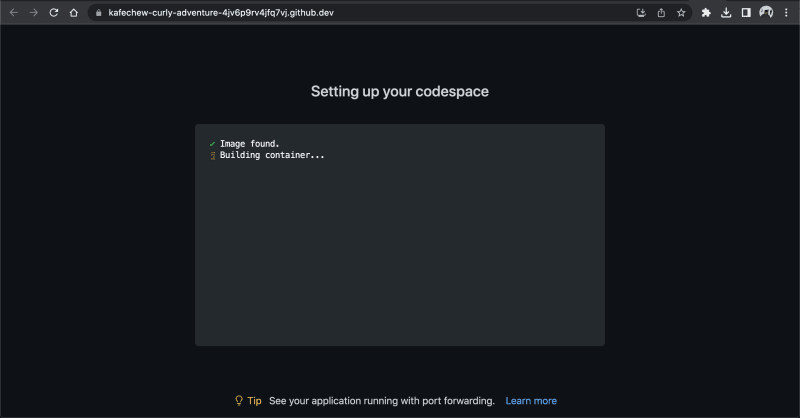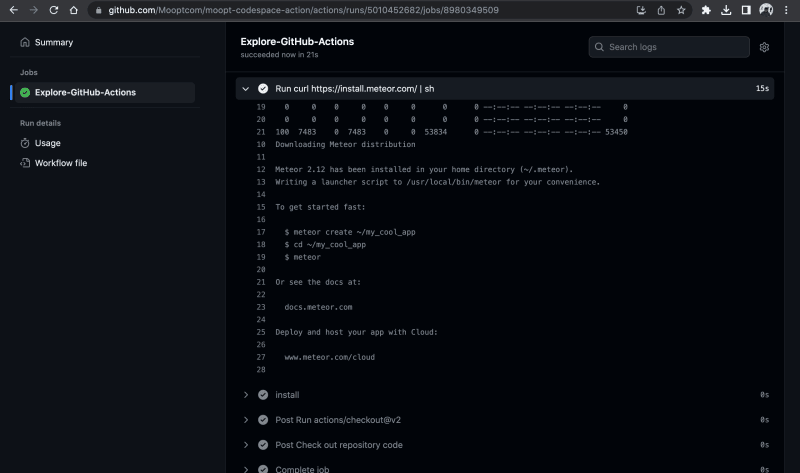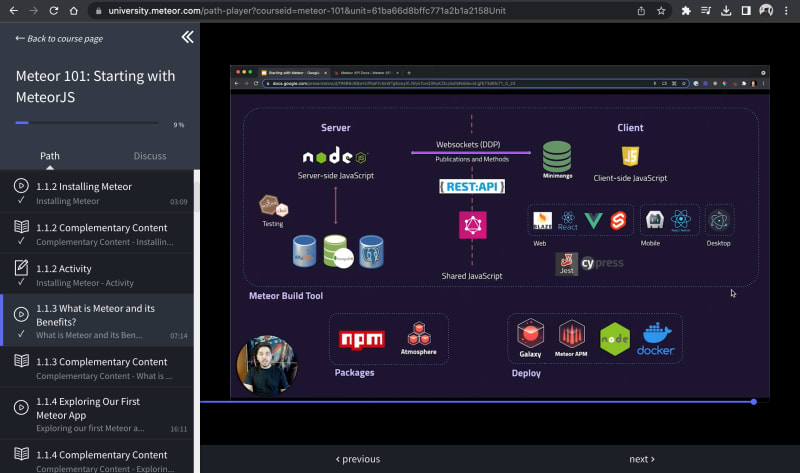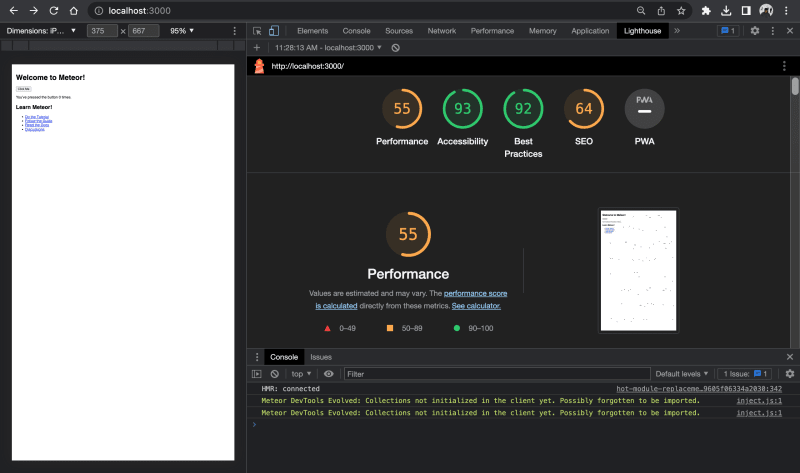What I built
An open Internet-of-Things (IoT) platform, consists of modular software and hardware, for decentralized urban farming.
PS: Please use double speed (2x) to view the screencast videos below :-P
Category Submission:
We're submitting for the 'Interesting IoT' category, which we can help to manage and monitor IoT devices, including tasks like managing configurations, updating firmware, and collecting and analyzing data.
And we're also submitting for the 'DIY Deployments' category as we leverage Github Codespaces for an automation workflows in application deployment, i.e. setup environment, testing and running at localhost (nodejs, meteorjs, blazejs, johnnyfivejs, webixjs, PWA ready, ... etc). At the same time, we're using Github Actions for deployment testing.
Last but not least, our submission is also loosely related to "Phone Friendly" category because the deployment mentioned above is automatically and immediatelly ready for Progressive Web App (PWA), that are also available as mobile applications that work on both iOS and Android devices. Maybe "Wacky Wildcards" too :-P
App Link
Screenshots
Step-by-step to Click & Launch a Real-time Water Temperature Monitoring system based on Arduino & MeteorJS at Github Codespaces
Step 1: Go to moopt-codespace-action repo
Step 2: Click to launch a Codespace
Step 3: Wait
Step 4: Awesome!
Github Actions Test
Description
Github Actions is a combination of individual tasks, to define custom workflows that automated the entire development lifecycle, from code changes, testings to deployments.
GitHub Codespaces are development environments hosted in the cloud. We can customize our project for GitHub Codespaces by configuring dev container files to your repository (often known as Configuration-as-Code), which creates a repeatable codespace configuration for all users of our project.
GitHub Codespaces run on a variety of VM-based compute options hosted by GitHub, which you can configure from 2 core machines up to 32 core machines. GitHub Codespaces is similar to our local IDE, so we don't really able to host an application with it.
GitHub Codespaces allowed us to work on the project from any device, anywhere in the world, with a pre-configured development environment that included all the necessary tools and dependencies, enabling us to focus on coding without worrying about setting up our local environment.
Link to Source Code
You can access the moopt-codespace-action repo here, which is one-click to launch a Codespace, as well as the Actions script for environment deployement testing.
MooptOS
What I built
An open Internet-of-Things (IoT) platform, consists of modular software and hardware, for decentralized urban farming.
Category Submission
- Interesting IoT: Manage and monitor IoT devices, including tasks like managing configurations, updating firmware, and collecting and analyzing data.
- DIY Deployments: An automation workflows for application deployment, i.e. setup environment, testing and running at localhost:3000 (nodejs, meteorjs, blazejs, PWA ready, ... etc), using Github Codespaces.
- Phone Friendly: The deployment is automatically and immediatelly ready for Progressive Web App (PWA), that are also available as mobile applications that work on both iOS and Android devices.
App Link
Screenshots
Description
- Go to moopt-codespace-action repo
- Click to launch a Codespace
- Wait for codespace setting up
- Ready for fun!
Link to Source Code
Permissive License
MooptOS is distributed under the MIT License — you can find the license here.
Background
Once upon a time, basil and fish came from…
Permissive License
MooptOS is distributed under the MIT License — you can find the license here.
Background (What made you decide to build this particular app? What inspired you?)
Once upon a time, basil and fish came from faraway lands. It would spend many days in the back of a truck before we could find it on the shelf at our local grocery store. By the time could find it, all produce on the grocery shelf is missing lots of its nutrients, half or more of its nutrients.
Food is a basic need of every person. However, in today’s world, the space for agricultural production is decreasing due to narrower lands. Traditional farming has its drawbacks of being overly dependent on climate conditions, soil quality, chemical fertilizers, and pesticides – factors that are highly volatile and susceptible to constant fluctuations. Without adopting more sustainable practices, there could be almost a 10 percent drop in food production by 2070.
That story has all too common, so we thought a better story could be written. A story where basil and fish could come from a farm in our neighborhood, grown without pesticides and all year long, as well as receive the same day harvest delivered fresh to our doorstep.
The answer to consistent food production and food security is decentralized indoor aquaponics. Growing crops and fishes indoors can produce more food per acre that is not dependent on weather, but the problems are the high labor costs and expensive equipment. It is a big initial investment which lengthens the payback times.
The bad market conditions, like overproduction, lead farmers to throw out edible food, causing big losses. If the price of produce on the market is lower than the cost of transportation and labor, sometimes farmers will leave their crops unharvested. This practice, called dumping, happens when farmers are producing more of a product that people are willing to buy, or when demand for a product falls unexpectedly. For example, during the COVID-19 pandemic and Movement Control Order (MCO), Cameron Highland farmers disposed of tonnes of vegetables due to delivery complications and business closures, resulting in a huge amount of food wastage. This was a painful decision to plow over edible crops everyday onto fields rather than go through the additional cost of harvesting and processing products they could not sell.
So, we need 1000x of 100 sq ft decentralized aquaponics farms, not a 100000 sq ft (2.3 acres) farm.
Manual labor and monitoring on environment quality affected the mortality of the herbs and fishes in a urban farm.
Fixed location sensors are installed to multiple urban farm for environment quality monitoring and optimal predictive maintenance scheduling.
The potential outcomes: A smart IoT open platform (both software & hardware) for decentralized urban farming, as a monitoring system to produce good quality fish and herbs.
As it is built within a very short time period from scratch, our PoC was built purely based on temperature sensor only. Our prototype can currently helping the users to deploy a real-time Water Temperature monitoring system based on open hardware like Arduino with DS18B20 sensor, as well as open software like MeteorJS and JohnnyFiveJS.
Temperature is an important water quality parameter. It can affect fish and shrimp metabolism, feeding rates and the degree of ammonia toxicity. Temperature also has a direct impact on biota respiration (O2 consumption) rates and influences the solubility of O2 (warmer water holds less O2 than cooler water).
Later we can add more environment tracking sensors, like electrical conductivity (EC), dissolved oxygen (DO), pH, salinity, carbon dioxide (CO2), ammonia (NH4), nitrite (NH2), hardness, turbidity and biochemical oxygen demand (BOD) of water.
Eventually we need a fully automated aquaponics system producing at full capacity without any human interaction, that requires a very small space and care in every house, decentralized. The system will be solar-powered, with sensors to monitor environmental status (in water or around the plants), optimize the decisions and automate the actions, like feeding, adding water, oxygen, ... etc. E-mail or SMS or native smartphone apps notifications if the environment goes out of its limit. Then, we bring these households with aquaponics into the country's food market. Broad public participation should help the food operators stabilize the state's food grid.
How I built it (How did you utilize GitHub Actions or GitHub Codespaces? Did you learn something new along the way? Pick up a new skill?)
MeteorJS (Backend)
MeteorJS is an open-source full-stack JavaScript platform that is useful for developing modern web and mobile applications. Meteor helps the developer to develop in one language. Meteor has several features that help for creating a responsive and reactive web or mobile application using JavaScript or different packages available in the framework.
For starts working with any technology, first of all, we need to create a suitable environment. Meteor currently supports OS X, Windows, and Linux. Only 64-bit is supported. The main prerequisite is Node.js.
We will use BlazeJS, a powerful library for creating user interfaces by writing reactive HTML templates. Compared to using a combination of traditional templates and jQuery, Blaze eliminates the need for all the "update logic" in your app that listens for data changes and manipulates the DOM. Blaze is a Meteor-only package for now.
Instead of setting MeteorJS environment manually (especially as the application will be getting more complex from time to time), for example adding Progressive Web App (PWA), we leverage Meteor.js devcontainer by Meteor Engineer. Now, you can simply go to moopt-codespace-action repo and create a codespace based on this repo in seconds!
Used Github Desktop to add existing local repository.
Progressive Web App, PWA (Mobile)
A progressive web application is a type of application software delivered through the web, built using common web technologies including HTML, CSS, JavaScript, and WebAssembly. It is intended to work on any platform with a standards-compliant browser, including desktop and mobile devices.
While Meteor does not bring all PWA features out-of-the-box, our dev container had included service worker and manifest file that make this app a PWA.
Before
After
Arduino Uno & Related Kit (Hardware)
Arduino Uno: Also known as King of IoT devices, the Arduino is a credit card sized microcontroller board that with almost limitless potential. You can connect it to a wide range of sensors (i.e. sound and temperature) and actuators (i.e. leds and motors). The Arduino Uno is relatively cheap, simple to use, proven and has a thriving community with open source documentation.
DFRobot I/O Expansion Shield: The DFRobot Expansion shield introduced to the market the famous color code for sensors and actuators' input and output. The 3 pin format for Signal, Voltage, and Ground is extremely useful, especially if used altogether with our increasingly large range of modules, sensors, and devices that just fit.
DS18B20 Temperature Sensor (Waterproof): This waterproof temperature sensor kit use DS18B20 probe AS. It contains a probe with a resistor module. So it is easy to connect on the Arduino board.
Arduino IDE
JohnyFive (IoT)
Johnny-Five is an Open Source, Firmata Protocol based, IoT and Robotics programming framework, developed by the Nodebots Community. Johnny-Five programs can be written for Arduino (all models), Electric Imp, Beagle Bone, Intel Galileo & Edison, Linino One, Pinoccio, pcDuino3, Raspberry Pi, Particle/Spark Core & Photon, Tessel 2, TI Launchpad and more!
MongoDB (Database)
MongoDB is a source-available cross-platform document-oriented database program. Classified as a NoSQL database program, MongoDB uses JSON-like documents with optional schemas.
Webix Javascript UI Library (Frontend)
Webix is a JavaScript/HTML5/CSS3 UI toolkit for developing complex and dynamic cross-platform web applications.
Additional Resources/Info
We help smaller Critical Industries to build a custom industrial automation system 200x faster, with 1000+ pre-built templates based on our 10 years experience in supply chain management.






























Top comments (0)